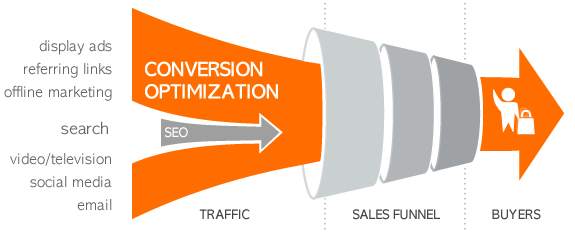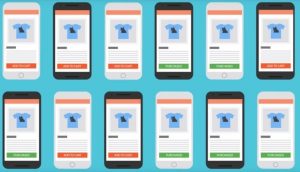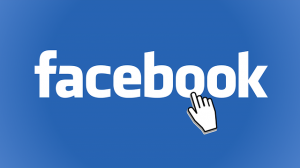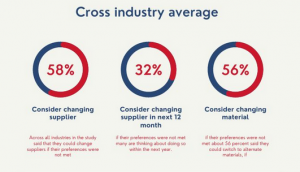You’ve been combing through a website that caught your attention. The product you read about is downright awesome, and now you’re curious. You want to see it live! So you request information about their service and hear,
“Someone will respond to your inquiry in 24-48 hours.”
You’re at the mercy of the company’s timetable. Hopefully they understand your purchase decision is time-sensitive. If you’re like me, you have a strong sense of urgency to get your questions answered ASAP. You’re looking to buy now, not in a few days! If a business responds immediately, it’s impressive because it’s so rare. But what if they don’t send you everything you need? You might begin to look at competitors. I’ve done this myself when shopping around. I expect immediate answers and great service–as do many shoppers!
The only way to know that you’re meeting a customer’s every need is to interact with them in real-time. Today, we want things now. While it seems to be a notion understood by many, not enough businesses are capitalizing on this trend. Think about it: How many sites still ask you to submit an email form for more info or make a phone call? If you’re really interested, you just might fill out these forms. And once you click “submit”, the delay begins. Why isn’t someone right there at THAT moment for the customer? Ken Krogue, founder of InsideSales.com, shed light on the ramifications of this in this Forbes article:
“The odds of calling to contact a lead decreases by over 6 times in the first hour.”
If the business isn’t available, your immediate impulse disappears. You’re on the go. You have things to do. When that awesome product is out of mind, your voicemail will be the secretary that filters out their salespeople. Your attention has already shifted elsewhere.
Now, let’s shift our lens to the eyes of a business owner and look at revenue. The graphic below displays the basic sales process. The sales funnel (or pipeline) is crucial to a business. The funnel is one way that a company projects revenue earnings. Here is how this funnel is built: Marketing and outreach sends traffic to the website. When individuals from the web traffic request info, they become leads and enter the funnel. When contact is made and the lead is qualified, they become a prospect. The prospects (some) evolve from initial discovery all the way to a paying customer.

Because of this funnel, more traffic = more leads. These leads then convert into more prospects, which ultimately results in more buyers. Essentially, the higher the website’s conversion rate, the higher the number of potential paying customers. And voila! The higher your website’s ROI!
Interaction right away is key, because so many clients are lost after sending their information. Krogue mentions that “only 27% of leads ever get contacted.” Whether the other 73% found something better during the delayed response from the business, or someone else simply took advantage of the opportunity present, these losses can be avoided. Chances are a prospect doesn’t stumble onto your website out of accident. Once their curiosity brings them in, your business would hold a clear advantage if someone is present to engage them. What if you had the opportunity to communicate with your prospect while they were online, at the PEAK of their curiosity? More words of wisdom from Mr. Krogue: “With a combination of awareness, best practices, and technology; companies can contact around 92% of leads.” This means more opportunity knocking (or kicking) at your door. In a user driven society, organizations must adapt to meet the immediate needs of the consumer, as well as being time sensitive to their wants. Wow your prospects with your service and you’ll instantly begin to create the loyalty that businesses thrive on.
Digital & Social Articles on Business 2 Community(94)
Report Post







